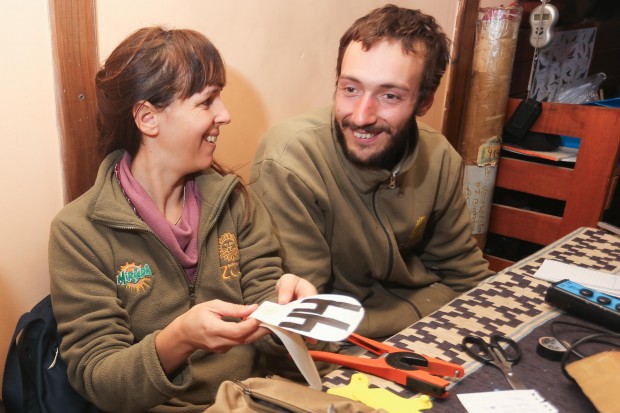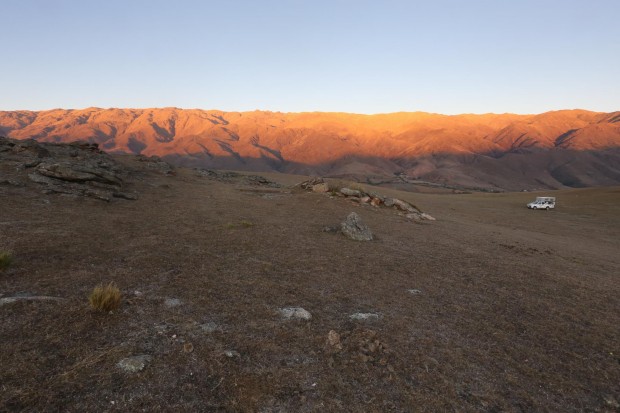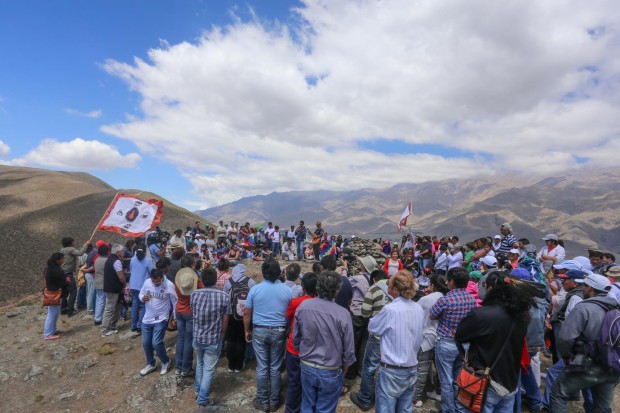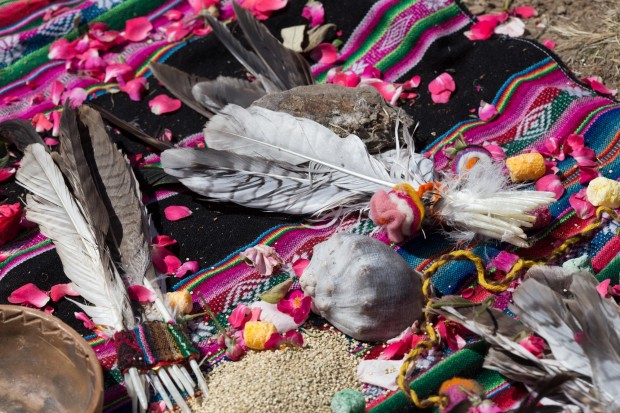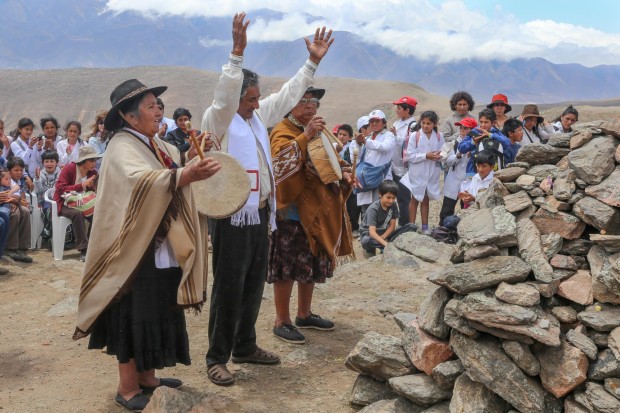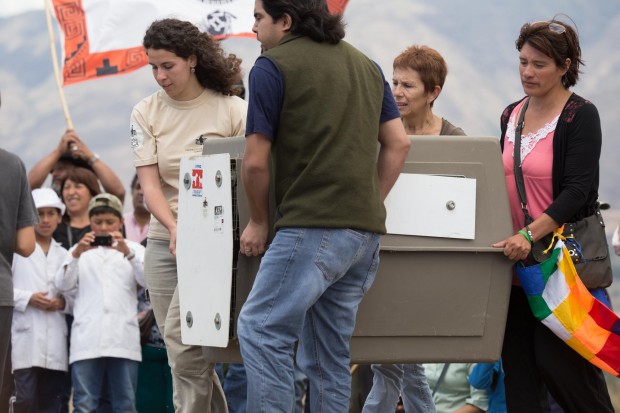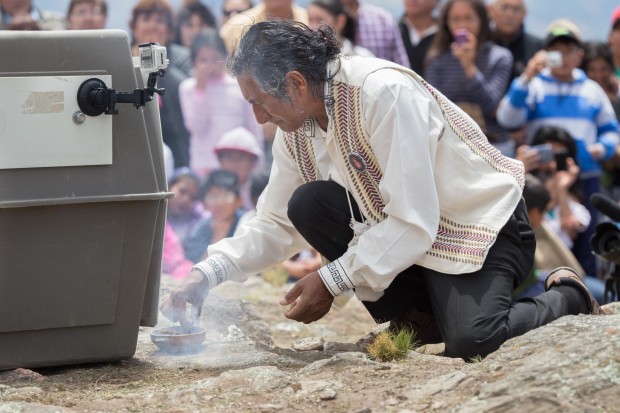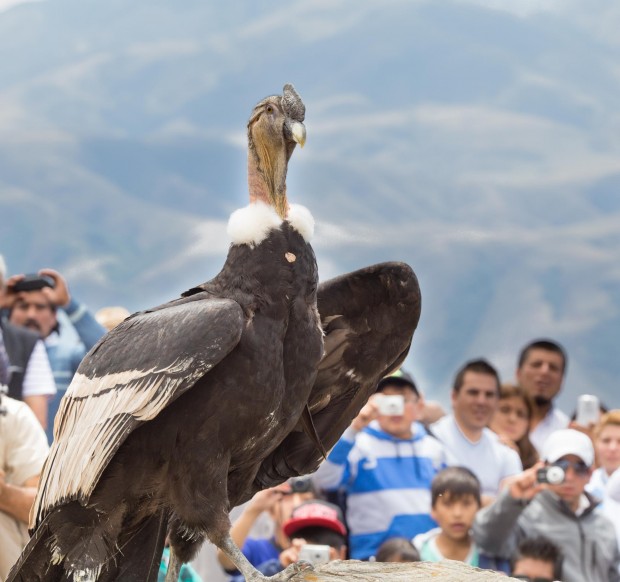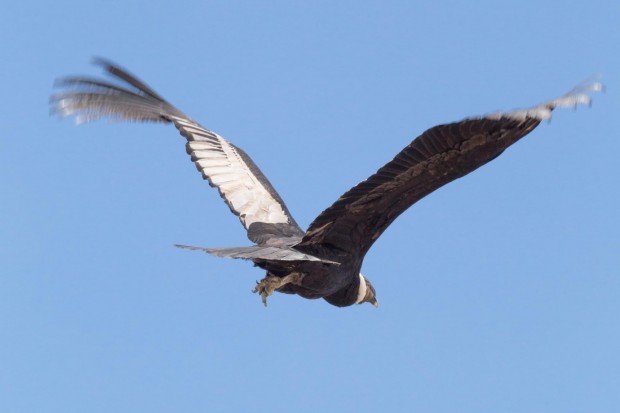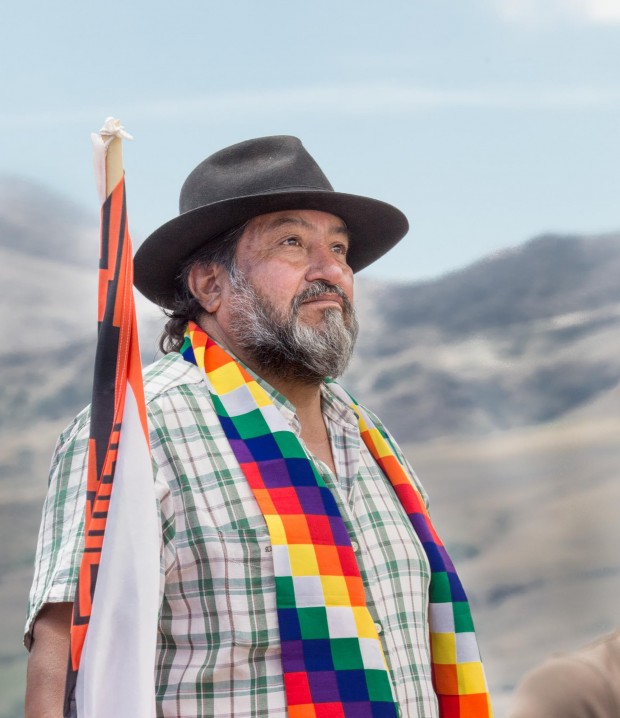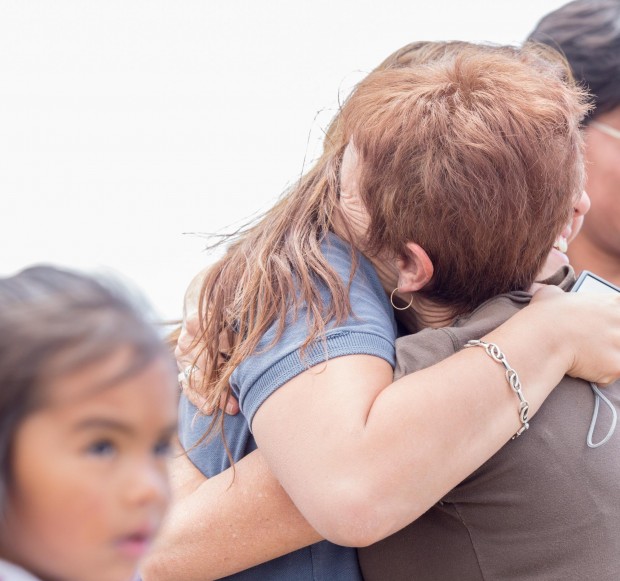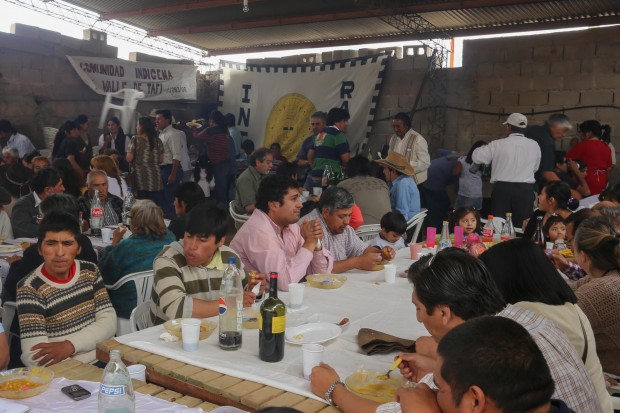Condors are the iconic bird of South America, worshipped as sacred since the times of the Incas. Ignorant as to the important role they play in the natural balance of the wild, Condors have been hunted mercilessly for several hundred years, almost to the point of extinction. Argentina has a Condor re-introduction programme spearheaded from Buenos Aires Zoo and since 2001 Condors have been released and monitored in northern Patagonia. We were fortunate to be invited to this year’s release.
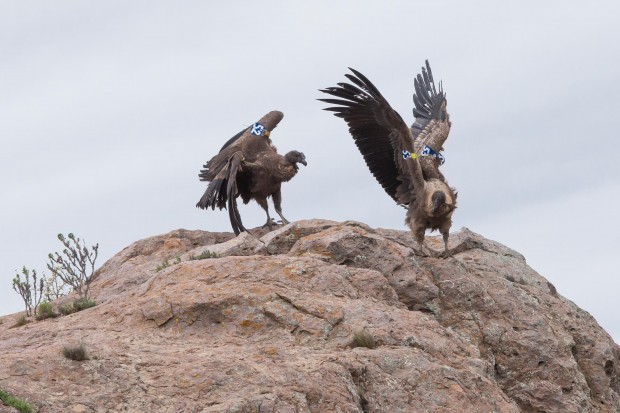
What makes the Argentinian Condor release programme so unique is that like the massive bird itself , the programme has two wings, one scientific and the other cultural.
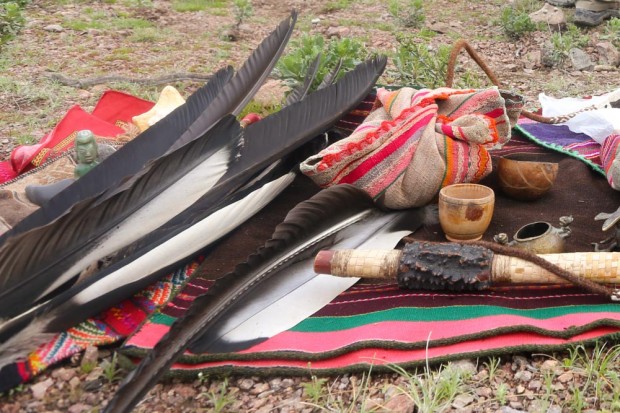
This year four Condors were released. One bird had been raised from an egg at Buenos Aires Zoo, fed by surrogate puppets that look like an adult bird. The other three were injured individuals from various parts of the country and cared for by the Zoo.
Prior to release the birds are kept in a huge enclosure high up on the top of a deserted meseta , where they are fed and monitored for several months. They never are allowed to see humans.
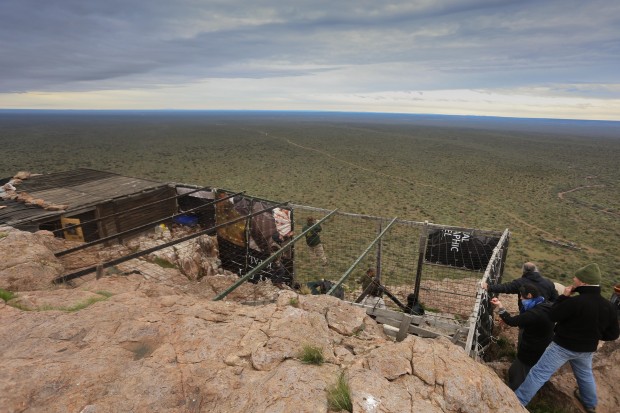
The day of the release is hugely anticipated, several hundred people turn up. Schoolchildren from all over Rio Negro arrive, it is a very important day in the local community. After much ceremony the birds are released and to everyone’s relief they all managed to fly, even the one raised from an egg, this bird was called ‘Rayman’ which in the Mapuche language means ‘Flower bird’. It was wonderful to see the biggest bird in the world take its first tentative flight over the endless Patagonian landscape.
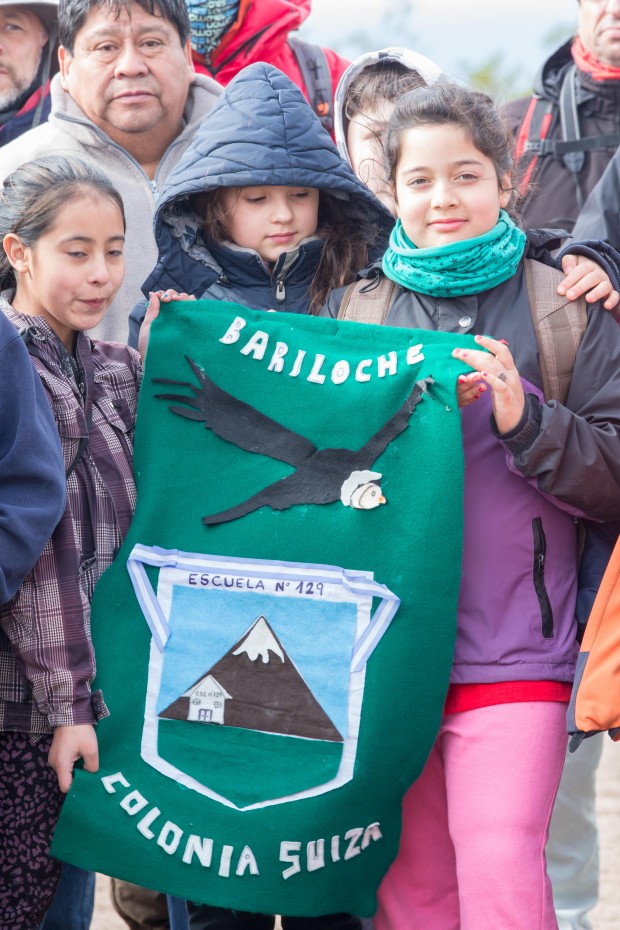
Once released the work really starts for a small group of dedicated researchers who monitor the birds with radio trackers every day for the next four months. Such young birds need help, they occasionally tumble down cliffs or get stuck in thorny vegetation.
